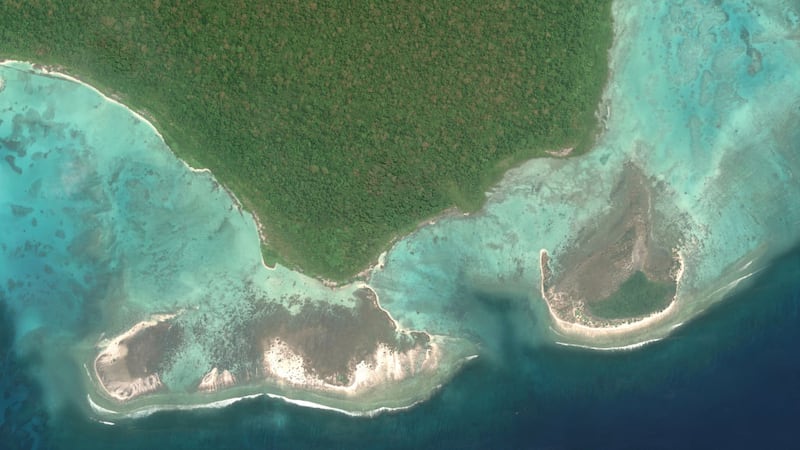JACKSONVILLE, Fla. — It’s hard for beachgoers to ignore the foul-smelling, seaweed-like algae washing ashore in Florida. But what exactly is it, and what’s its purpose?
Here are nine facts about sargassum from the Florida Fish and Wildlife Conservation Commission:
>>> STREAM ACTION NEWS JAX LIVE <<<
1. Sargassum floats in island-like masses that don’t attach to the seafloor. Once it washes ashore, it’s referred to as beach wrack.
2. Researchers said 2023 could have the largest sargassum bloom ever recorded.
3. Sargassum comprises leafy appendages, branches, and oxygen-filled, berry-like bladders called pneumatocysts that keep the algae afloat.
[DOWNLOAD: Free Action News Jax app for alerts as news breaks]
4. Floating mats of sargassum can stretch for miles across the ocean.
5. Sea turtle hatchlings swim offshore to sargassum rafts, which provide them with food and refuge for their first few years.
6. Sargassum habitat also provides food, refuge and breeding grounds to birds, crabs, shrimp and fish, serving as a nursery for mahi mahi, jacks and amberjacks.
[SIGN UP: Action News Jax Daily Headlines Newsletter]
7. Sargassum is often found floating among large plastic items along ocean currents. The sun’s ultraviolet rays can break down the plastic into smaller fragments known as microplastics, which young sea turtles often ingest.
8. Sargassum sinks to the seafloor once it loses its buoyancy, providing energy in the form of carbon to deep sea fish and invertebrates.
9. It’s believed that climate change, pollution from fertilizers and ocean flows and currents have caused the problem to explode.
Click here to download the free Action News Jax news and weather apps, click here to download the Action News Jax Now app for your smart TV and click here to stream Action News Jax live.








